
Featured photo: The Alpenhorn Man statue has been given a mask to wear several times over the past year.
March 17th 2021 marks the one year anniversary of the day that the Bulkley Valley Museum shut down to the public due to the COVID-19 pandemic. At that time, we had no idea that our doors would remain closed for the next eleven weeks, and that it would be a very different world when we reopened on June 1st. As the weeks passed, and it became clear that what we were experiencing was unlike anything in recent memory, we knew that we needed to capture the moment for Smithers’ historical record.
While much of what our museum preserves is historic material, we must also have an eye for the current, and the future. It is our duty and responsibility as curators to imagine what our community will want to see in its museum, or what information researchers will want access to, in 10, 50, or 100 years. What events will they want to remember, to commemorate, or celebrate? How will people of the future understand this time that we are living now?
An example of this collecting for the future by the Bulkley Valley Museum is the items taken into the collection to document the 2018 “Walk to Witset”. In the Museum’s collection we hold an event agenda, poster, and stickers, as well as the banner that was held by the walkers as they made their way from Smithers to Witset. These items were taken into the collection on the night of the Balhats (feast) celebrating the launch of the book Shared Histories, in recognition of the significance of the event, and its place in the (ongoing) history of reconciliation in our community. The banner is currently on display as part of our “From the Back Room” exhibit.
In the spring of 2020, the Bulkley Valley Museum, like many museums around the world¹, took steps to document the pandemic’s present affect on our local community. Items taken into our collection to document Covid-19 in our community include a public health flyer, a poster for a postponed event, and a Smithers Brewery hand sanitizer bottle. We also commissioned local photographer Chris Duncan to create our Covid-19 photo collection. Largely captured in April 2020, this collection consists of 204 photos that capture scenes of Smithers during the initial lock down period last spring.
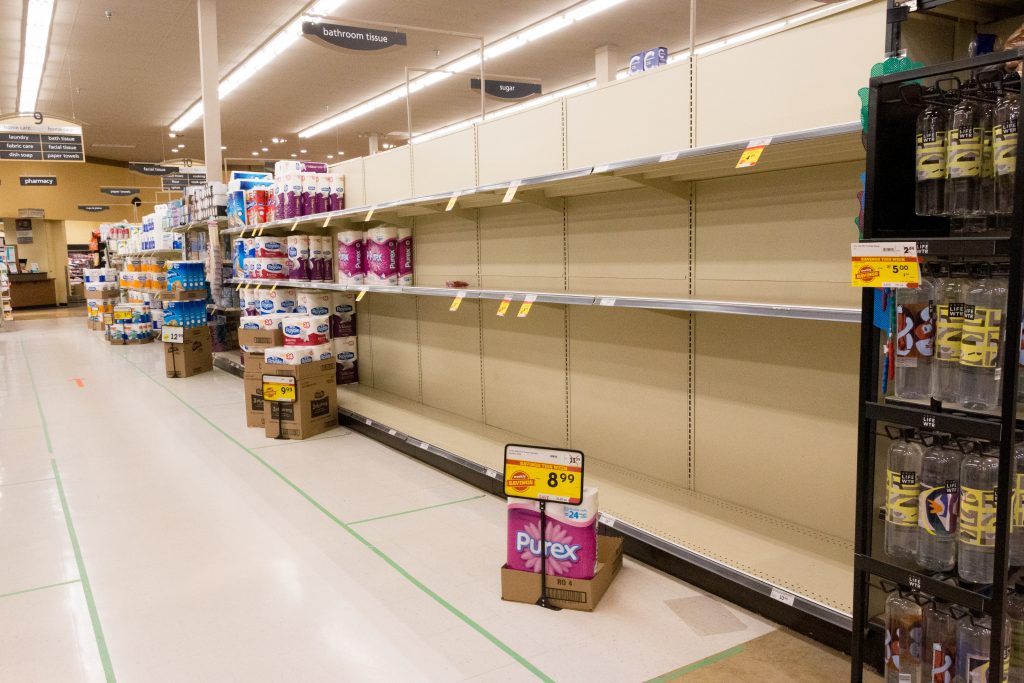

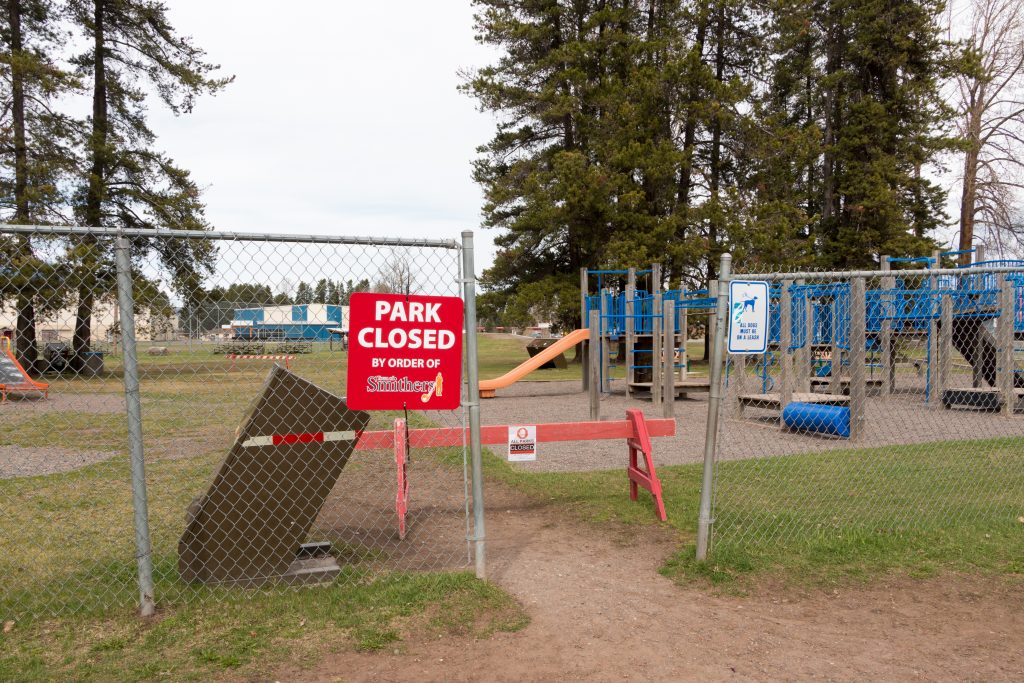
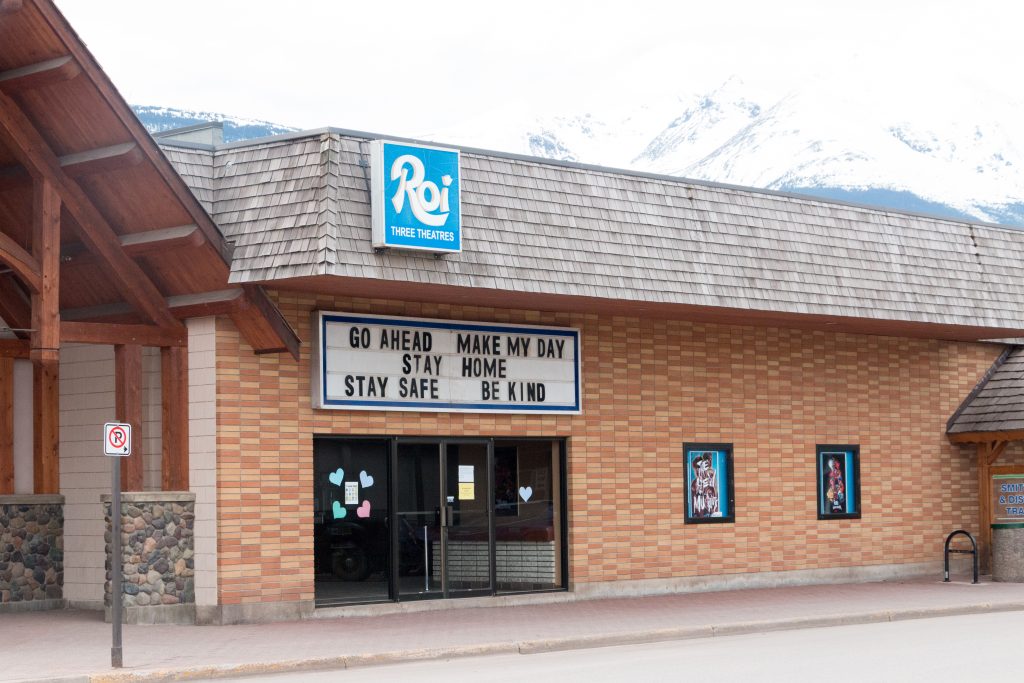
“What struck me was seeing empty shelves at the supermarkets – particularly toilet paper and baking supplies and tuna. Another difference was that when out and about, people were more aware of each other, monitoring space, and less on auto-pilot. People were generally cheerful, patient, and understanding. For several weeks, my family participated in a caravan of vehicles at 7pm that touted horns past the Hospital and Senior Care Homes to show gratitude and support. We were fortunate to have so much access to the great outdoors here in Smithers.” – Chris Duncan, reflecting on creating the photo series, May 2020.
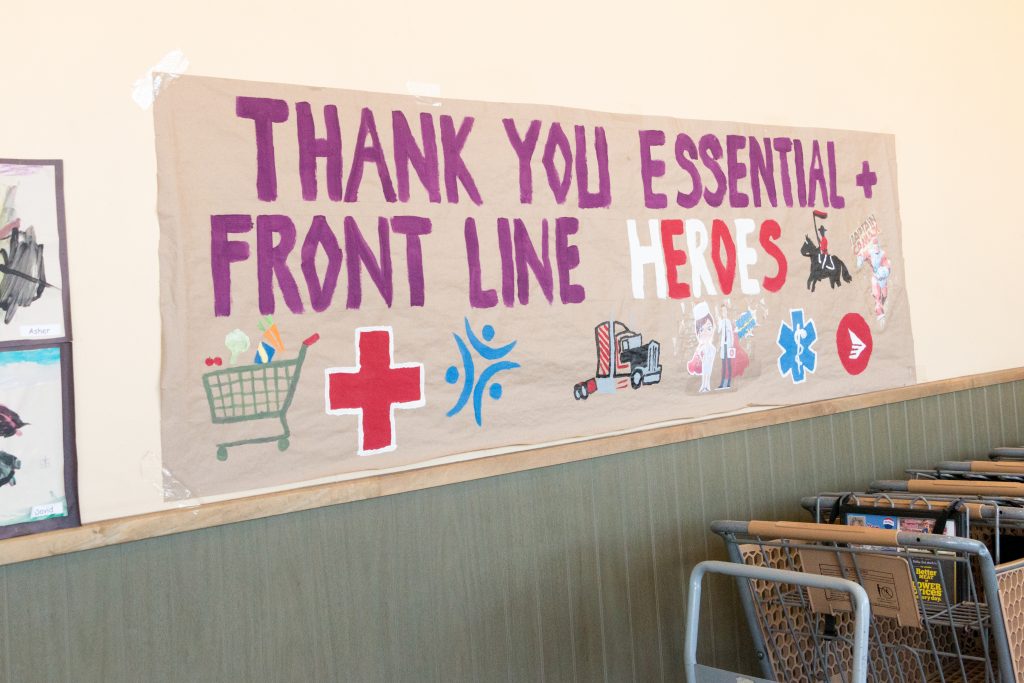
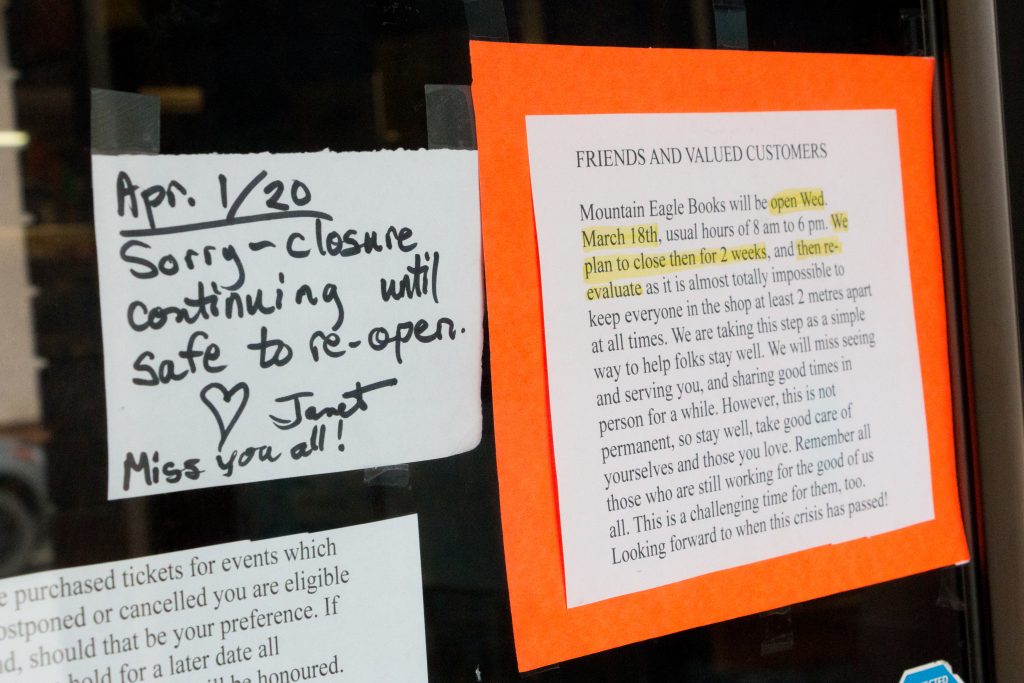

In 2018, the BV Museum marked the 100th anniversary of the Spanish Flu epidemic with a special exhibit focusing on that pandemic’s impact on Smithers. When creating that exhibit, we discovered that there are no known surviving photos, documents, or artifacts in our collection from Smithers during those weeks in 1918. This led us to consider: in 2070, or 2120, how will this pandemic be remembered? What historical documents and information will they look at to understand how we lived through this time? It is our hope that the items and photos that we have collected today will help future museum staff to share our pandemic story with the Smithers community of the future.
The Museum staff would like to thank our local front line workers for their dedicated service to our community throughout the pandemic. We would also like to thank the local businesses that allowed us to take photographs of the interior of their businesses for our Covid-19 photo series.
Do you have a photograph, document, or memory of Covid-19 that you think should be added to our collection? Contact Museum staff at curator@bvmuseum.org.
1. Examples of Covid-19 collecting by other museums include provincial museums such as the Royal BC Museum and Royal Alberta Museum. At a national level, Library and Archives Canada has also begun documenting the pandemic. Other archives and museums have taken a local approach, or, in the case of the University of Ottawa, have chosen to focus on documenting the experiences of a specific segment of the population.